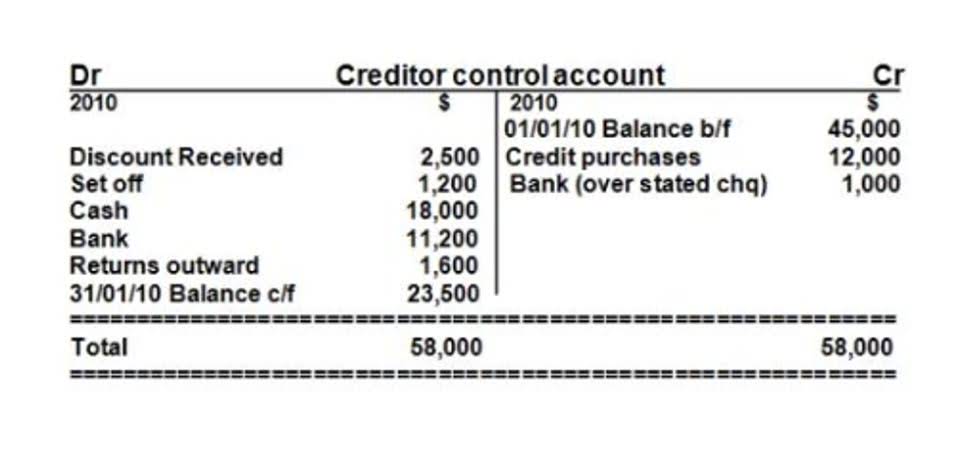
Adjusting entries should not be confused with correcting entries, which are used to correct an error. That should be done separately from adjusting entries, so there is no confusion between the two, and a clear audit trail will be left behind in the books and records documenting the corrections. Reversing accounting entries means that an entry is credited instead of being debited, or vice versa.
- Accounting errors can occur for various reasons, such as data entry mistakes, calculation errors, or the omission of a transaction.
- Such intentional errors attract legal remedies rather than rectification.
- Adjusting journal entries can also refer to financial reporting that corrects a mistake made previously in the accounting period.
- Any adjustments to Cash should be made in with the bank reconciliation, or as a correcting entry.
- This might be necessary if an entry is made without complete information.
- If a recorded transaction shows that both accounts have the correct debits and credits, the debit and credit entries in the ledger align and the trial balance remains unaffected.
Error of Omission in Accounting
You must make correcting journal entries as soon as you find an error. Correcting entries ensure that your financial records are accurate. Since the firm is set to release its year-end financial statements in January, an adjusting entry is needed to reflect the accrued interest expense for December. The adjusting entry will debit interest expense and credit interest payable for the amount of interest from Dec. 1 to Dec. 31. An adjusting journal entry involves an income statement account (revenue or expense) along with a balance sheet account (asset or liability).
Accrued Revenues
These adjustments are then made in journals and carried over to Bookkeeping for Veterinarians the account ledgers and accounting worksheet in the next accounting cycle step. X Company has a payroll department, and cuts checks every two weeks after tabulating hours, and calculating net pay. A large number of allocations have to be made to various withholding accounts.
Recap: Steps in Making Correcting Entries

Adjusting entries involve a balance sheet account and an income statement account. Here are some common pairs of accounts and when you would use QuickBooks them. Any adjustments to Cash should be made in with the bank reconciliation, or as a correcting entry.
Our prime focus is on unintentional errors, which occur at the clerical level during the normal course of recording, classifying, posting, casting, and so on. If such errors are left uncorrected, they affect the final accounts of the concern. Interest charged by the bank, $148, was entered in the debit side accounting errors of the cash book and posted to the credit of the interest account. For example, suppose the trial balance showed total debits of 84,600 but total credits of 83,400 leaving a difference of 1,200 as shown below. Without adjusting entries to the journal, there would remain unresolved transactions that are yet to close.


Reversals are often used when you record an entry in the wrong account. The process of finding and correcting mistakes of this kind is called Rectification of Errors. Rectification of Errors can be addressed by answering the questions of what, why, and how.
Partial reversal means undoing only a portion of transactions while complete reversal means undoing all the transactions done in error. Thus, it becomes necessary to reverse all transactions because we can’t undo some and leave other as they are as this will affect other future transactions as well. The debited account is credited and the credited account is debited. Chartered accountant Michael Brown is the founder and CEO of Double Entry Bookkeeping. He has worked as an accountant and consultant for more than 25 years and has built financial models for all types of industries.

Commenti recenti